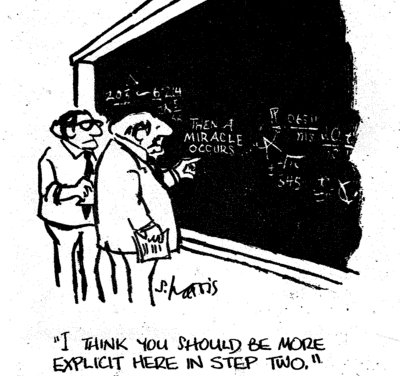Right, as you point out, the cross section (at least for capture, but often for mere scattering too) is much lower at higher neutron energies, so the blanket (or whatever) has to be really thick. My friend at ITER says one reason they are shut down for "materials research" is the effect of the flux on the magnets (as well as the inner wall problem),
Even if they somehow get them to thermal in their size envelope - not likely at all, unless magic - capture gammas are going to be so fierce no one on earth could live in a plane with that as the engine, only part of a wing length away. Inverse sq law only does so much for you. This shows basic ignorance on the part of the presenter for Lockheed, which in turn makes the rest very difficult to believe. The guy clearly does not know what he's talking about...maybe they chose him as a spokesperson or something and kept in in the dark about the truly nasty details of such a thing, were it to work. Which seems pretty unlikely, just IMO, and with actual experience under my belt in several approaches that HAVE produced results, just not the ones I desired, so I'm doing what I'm doing as it shows the best promise at this point - practically and theoretically both. Anything that will make you sick enough to stay in bed 6 weeks from a mere estimated 84mw of fusion will get your attention, as it did mine, and give you more of a feel for the real numbers than I wanted to get - from 10 feet away and in 20 seconds of exposure. In fact, despite the new shielding, the capture gammas coming from my kitchen 20 feet away are still fierce, just from the stray neutrons that thermalize in the air on the way there. So, we've taken a short pause to make this all remote-control from another building on my campus. It's that bad, and at sub-watt (not 10
8watt) levels.
What is interesting to me is the Farnsworth, Hirsch, and others have reported "anomalous" outputs before, but lacking the data acquisition we have now, had to call them "outliers". They were honest on both sides of that - they reported them, but didn't claim those results as they could not reproduce them. Well, data aq might as well be my middle name, and we catch those, find the actual conditions (some of which aren't available from the original stuff), and reproduce them. In fact, Farnsworth and Hirsch aren't the only reporters, others have also reported this much more recently. No new actual science here if the truth be told. Just better measuring, and taking things like time-dynamics into account, whether accidental or "driven" which is where we're headed now. In hindsight, most all of it makes sense, other than the myth that re-circulation of ions is something that happens by magic. Nope, a spring mass system decays - has finite Q in the electronic sense.
Note - I actually own firearms that, despite things like wind, barrel vibrations, and such, are so accurate that if they fired at one another from 1/3 mile they'd hit 100% or close. At scale, this is like firing golf balls at ~1/2 mile at one another to make them collide.
"In theory"...well a vacuum doesn't have wind, different weights of projectiles, and so on...just saying. There are other problems (mean free path, repulsion and so on) to be sure, but this fact (I should set up a bullet collision demo and sell it to mythbusters, since this is really possible with stuff I have already, other than a high frame rate camera and a lotta wire and two solenoids) makes me willing to keep plugging along making finer focus, better bunching, and so on.
For new science, the closest we seem to come is that the wavefunction of the unbound electron is very unlike that of a bound one. In our case, they seem to spend a lot more time (probability) in close proximity to the various positive charges, in large part neutralizing the Coloumb force till the last instant. Or as they say, the first nanometer is easy, that last femtometer is hard. Well, it seems that it's not so hard in our conditions. Unbound electrons might explain that, but of course, there seems no reasonable way to measure that one at present.
So, while wishing them luck (they will learn if nothing else - and then maybe be as useful as U Wis to real fusion) - I have my doubts. It's too much like this:

- All too applicable